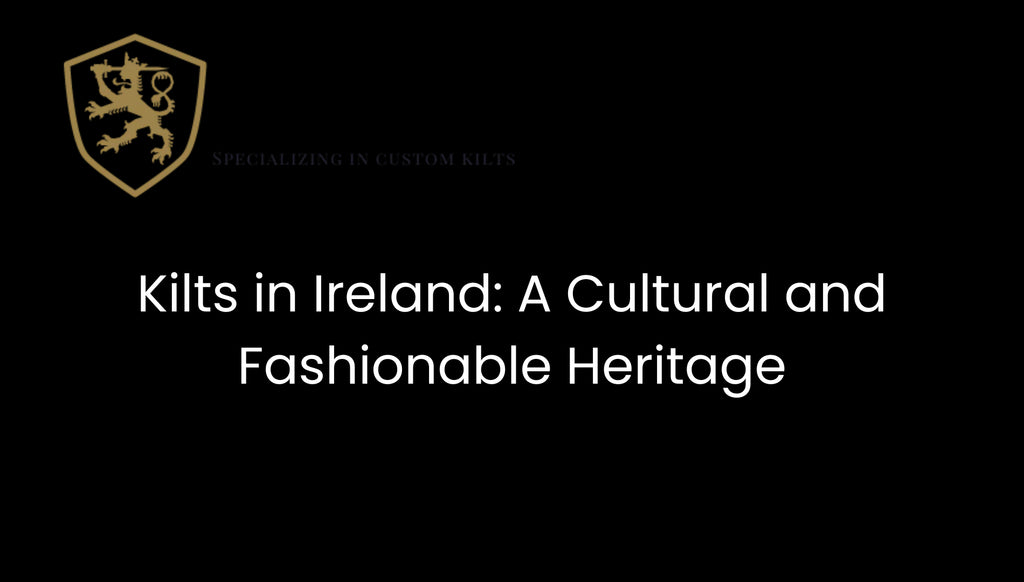Kilts in Ireland: A Cultural and Fashionable Heritage
Posted by FAGENT ABRONT

The kilt, often associated with the rugged highlands of Scotland, holds a special place in the hearts and heritage of Ireland as well. This iconic garment, steeped in history and tradition, is not only a symbol of Celtic pride but also a testament to the enduring legacy of Irish culture. In this comprehensive exploration, we dive into the history, significance, and modern adaptation of kilts in Ireland, offering insights into why this traditional attire continues to captivate and inspire both locals and admirers worldwide.
The Historical Roots of Irish Kilts
The story of the kilt in Ireland is intertwined with the broader tapestry of Celtic history. While the kilt is often primarily associated with Scotland, its origins and use in Ireland are equally rich and compelling. The Irish kilt, known as the "féileadh mór" in the ancient Gaelic language, dates back to the medieval period, serving not only as everyday attire but also as a symbol of Gaelic identity.
The Cultural Significance of Irish Kilts
Kilts in Ireland transcend mere fashion; they are deeply emblematic of Irish heritage and pride. Each tartan pattern, or plaid, represents different Irish clans, regions, or families, telling a unique story through its colors and designs. These patterns are not just decorative; they are historical records, conveying allegiance, lineage, and belonging. The wearing of kilts at traditional Irish weddings, festivals, and national celebrations like Saint Patrick's Day underscores the kilt's role in celebrating and preserving Irish culture.
The Evolution of Irish Kilts
Over the centuries, the style and significance of the Irish kilt have evolved. Initially, kilts were longer, draped over the shoulder, and belted at the waist. Modern adaptations have seen the kilt become shorter and more standardized, often worn as part of formal or ceremonial dress. Despite these changes, traditional craftsmanship remains at the heart of kilt-making, with skilled artisans using age-old techniques to create these garments.
Kilts in Modern Irish Fashion
Today, the kilt continues to be a versatile element of Irish fashion, seamlessly blending tradition with contemporary style. Kilts are worn by all genders and ages, reflecting a modern, inclusive approach to this historical garment. From formal occasions to casual wear, the Irish kilt adapts to various settings, demonstrating its timeless appeal and versatility.
The Art of Wearing a Kilt
Wearing a kilt is an art form, with specific accessories and customs enhancing its appearance and significance. The sporran, kilt pin, and ghillie brogues are just a few of the traditional accessories that complete the ensemble, each with its own history and purpose. Understanding and respecting these traditions is key to appreciating the full cultural depth of the Irish kilt.
Preserving the Tradition: Kilt Makers in Ireland
Ireland is home to numerous kilt makers and craftsmen dedicated to preserving this rich tradition. These artisans combine historical techniques with modern design, ensuring the survival and relevance of the kilt in contemporary culture. By supporting these craftsmen, individuals contribute to the ongoing legacy of the Irish kilt.
The kilt is more than just a piece of clothing in Ireland; it is a vibrant symbol of history, identity, and cultural pride. Its enduring presence in Irish life speaks to the strength of Celtic heritage and the unbreakable bond between past and present. As we embrace the future, the Irish kilt remains a testament to the timeless beauty and resilience of Irish culture, continuing to inspire and unite across generations.
